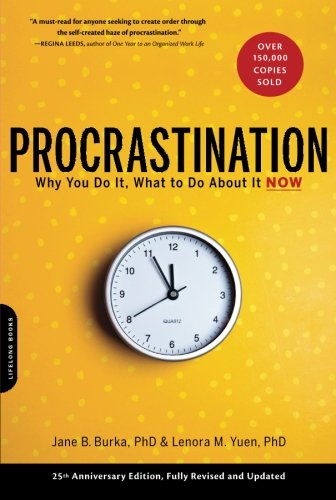The CDC (Centers for Disease Control) predicts Zika will spread along the Gulf States of the US this Summer. The CDC has also said that since mosquito control in Florida is good, the risk there should be relatively low. As with regard to South America, and in particular Mexico, the CDC has noted that the Aedes mosquito, vector for the virus, is rarely seen above 6500 feet.
Researchers studying a Zika outbreak in French Polynesia have identified a 1% risk of microcephaly among children born to mothers infected in the first trimester. Observers of the Brasil outbreak think the figure is too low given what they are seeing. It will take several more months to draw any conclusions.
As of Friday, there are 450 people in the United States who are infected by Zika. This does include Puerto Rico, where the Puerto Rican section of ACOG ( American College of Obstetricians and Gynecologists) are providing IUDS free of charge. (So proud of my brothers and sisters in ACOG ! )
In other news, concerns have been raised in an opinion piece in the journal Obstetrics and Gynecology that media coverage of controversial medical technologies may prevent certain women from getting the best treatment for their particular needs. They site the recent reluctance of doctors to use mesh implants, morcellators, or Essure sterilization even in patients for whom they are well suited.
In the no-good-reason department, new research shows that sexually active teens with LARCs ( Long acting reversible contraceptives such as IUDs) are 60 percent less likely to use condoms that similar girls taking the pill. Birth control use in teens is distributed as follows: 2% use LARCs, 6% use Depo Provera injection, patch or ring. 22% use the pill.
Also in the no-good-reason department, new research indicated 50% of pregnant women who quit smoking start again after childbirth. What percent of smokers quit during pregnancy ? 13 %.
What about smoking pot in pregnancy ? One thing’s for sure, Ob care givers are not consistently counseling patients about it. These are the findings of new research published in the journal Obstetrics and Gynecology. I will say that as a caregiver, It is challenging to counsel against something that is so widely used, and for which people will rally. Neither the popular media and the research community give us much in the way of support here. In fact, the facts on MJ use in pregnancy are not encouraging. If you are interested you can read the definitive information HERE, which is a summary document from the American College of Obstetricians and Gynecologists to its members. This is an area needing further attention. That is, if we value the brain power of the next generation.
Steroids are given to mothers at high risk for preterm delivery. At this time, we give them from 24-34 weeks of gestation. However, new evidence indicates they may be helpful given even as early as 22 weeks. Hopefully the demand for this will be small.
A new study published in JAMA ( Journal of the American Medical Association) reveals that vaccine aversion may be beginning to manifest in increasingly rates s measles and pertussis (whooping cough) in the United States. No surprise here.
Also In the vaccine department, there is good news. Chicken pox, also called Varicella, is now nearly 100% preventable. Think that’s no big deal ? Try telling that to someone like me who got it at the age of 24 ( and got seriously ill) or someone with a terrible case of shingles, which is reactivated chicken pox. New data says getting two shots instead one, one at age one, and the second around 4-6 years of age, confers near 100% protection.
Stay tuned for more breaking news from the world of Obstetrics and Gynecology, here, (or hopefully in your inbox) next week, on Medical Mondays.



































